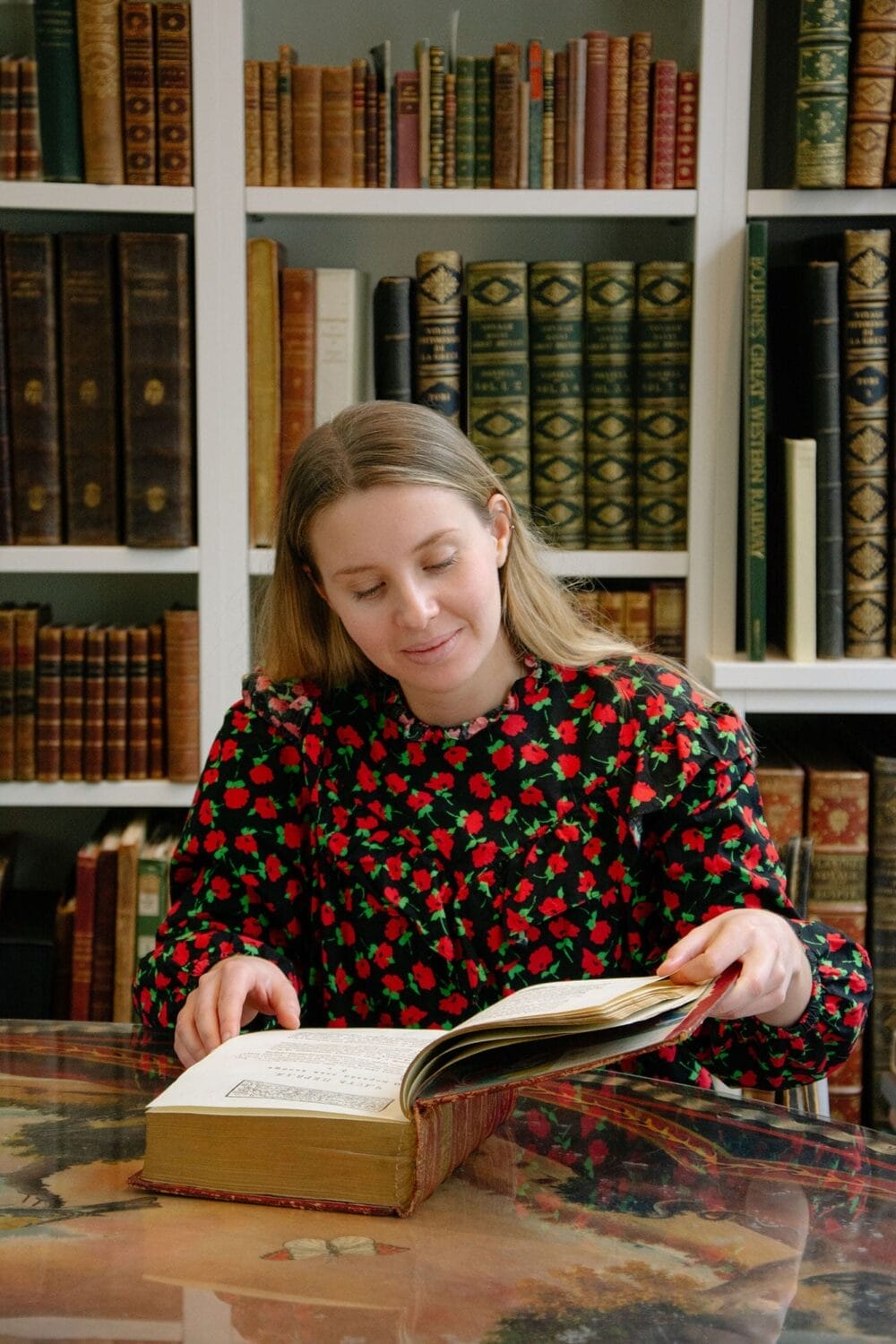In 1770 Shafonsky’s work on disease control and prevention was at the heart of the bubonic plague outbreak in Moscow and he was instrumental in its suppression. At the epidemic’s peak a thousand Muscovites were dying a day and the Governor Petr Saltykov, along with three quarters of the population, fled to the countryside. Strict regulations were brought in with shops, taverns, factories and even churches being forced to close. People were stripped of their livelihoods and infected houses were burnt down. Cases were rising and so was public frustration, with many people being suspicious of the reasons behind emergency measures.
On display at Shapero Rare Books on New Bond Street is ‘A Bibliographical Rarity of Great Historical and Medical Significance’ from the library of a Russian Empress: Maria Fedorovna, wife of Paul I, son of Catherine the Great. Looking now at this incredible book from the 1770s it’s easy to spot the similarities between what happened then and the current pandemic where many shops are closed and peoples’ lives look very different.

Originating in the army, the Russian bubonic plague spread to a military hospital in Moscow where 27 patients fell ill and only 5 survived. Shafonsky was the first to recognise it as the plague and quickly warned his colleagues, many of whom dismissed him as causing unnecessary panic. Rinder, a German doctor who was in charge of public health for Moscow, chose to ignore him and continued to do so until 1771 when he died of the disease himself.
Catherine the Great was hesitant to publicly acknowledge the outbreak but as the situation deteriorated she sent her lover Grigory Orlov to restore order (either because she trusted him or wanted to get rid of him). Orlov, who worked closely with Shafonsky increased the use of quarantines, travel restrictions and ‘social distancing’ measures. 18th century PPE including mittens and masks were required to be worn and long poles were used when burying the dead. Bank notes were soaked in vinegar before being handed over to tradesmen and cemeteries were moved outside of the city walls.
To encourage people to go to hospitals if they fell ill, financial incentives and clothes were handed out by the authorities. A sizeable figure of 10 roubles was offered to married couples who voluntarily admitted themselves. This did, however, cause many to lie about whether they had any symptoms. The state rewarded doctors with a bonus and looked after every homeless person on the streets. A strict 6-week quarantine was upheld before anyone could travel to Petersburg and compliance with medical regulations was mandatory.
These sustained efforts meant a return to normal life was possible and Shafonsky was able to write this work on how best to avoid another outbreak.
